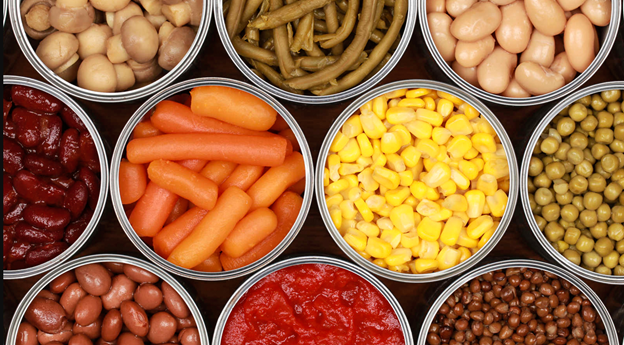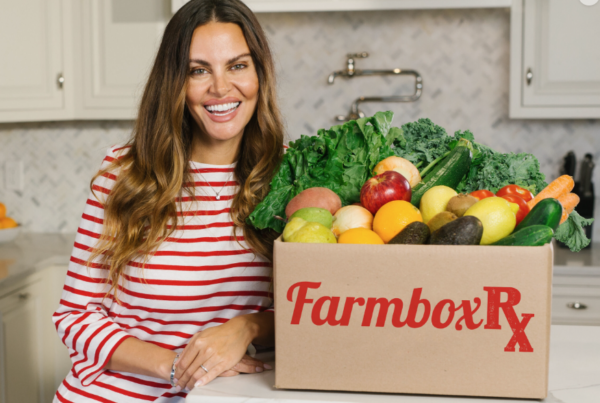February is National Canned Food Month!
The Canned Food Information Council declared February as National Canned Food Month. That’s right, a whole month dedicated to canned food. This treasured resource for foodbanks makes food distribution to those in need much easier. No doubt you have plenty of canned foods in your kitchen cabinets at home. The OG of food preservation began in the early 1800s and remains a popular way to donate extra food to those in need, save money in your own household, and reduces cooking time for those cheater recipes. So, the next time you’re volunteering or making donations at your local food bank, think about this precious resource and how it was created. Read on…

Canned Food Was Born
Before canning, the four main ways of food preservation were drying, salting, sugaring, and smoking – but Napoleon wanted to develop a better way, canned food was born. A contest initiated by the French government in 1809, French inventor Nicholas Appert developed the first process that involved hermetically sealing and heat-sterilizing food storage containers.
Appert detailed his creation in a book that inspired the world to start canning their food. Not to be outdone, an English businessman adopted the idea and began to create a business based on tin-canned foods (as opposed to the glass cans that Appert used). The businessman was Peter Durand, and in 1810 patented the use of tin cans. By 1820, his crafty food-storage creation fed the Royal Navy in massive proportions.
The Best Canned Food Material
Various canneries started experimenting with different materials and methods for packaging their food. The cans were initially comprised of tin-plated iron, but over time changed to steel with tin-plate, and eventually aluminum. Which is probably the best canned food material invented. Aluminum is lighter and does not rust, and it’s commonly used today to package sodas and other beverages.

Companies Quickly Adapted to Canned Foods
The 19th century saw a canning boom. Companies like Campbell’s Soup, Heinz, and Borden quickly adapted to canned foods and were selling cans at lightning speed after the economic depression in 1873. In 1903, Alexander Kerr invented the wide-mouth canning jar, for which he would later patent the famous lid – a metal disc and gasket held in place with a ring. Another name in the 19th-century canning industry was the Ball brothers, led by William Charles Ball. After duplicating Kerr’s invention, the brothers brought up many smaller canneries and led the industry.
Today, canned foods are still popular and practical, and the technology that surrounds them is still being developed. Commercially canned goods are used by nearly everyone – from private citizens to militaries to food banks. They’re a beloved (and cheap) dietary staple for many of us and deserve a standing ovation and recognition for food preservation.
Celebrate This Awesome Creation This February
Donate!
Have canned goods that you just aren’t going to use and are still within the best by date? Spark some joy in your kitchen cabinets and do some early spring cleaning. Donate those items to your local food bank – they will put those cans to good use and another family will appreciate the donation.
Level Up Your Canned Goods
What to do with canned black beans and corn? Well, check out our latest southwest chicken, black beans, and corn recipe on our blog. Canned goods can still equal a delicious meal.
Try Your Own Canning
Stretch your monthly budget by doing your own canning. In today’s modern age, the term canning is usually using glass jars instead of traditional aluminum cans.
Story originally posted by National Today






